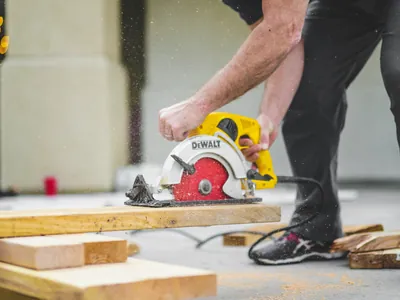Weather Stripping Installation: Energy Efficiency

Feeling a draft near your windows or seeing daylight around your front door? Those small gaps are costing you money. Air leaks are a major source of energy loss in a home, forcing your heating and cooling systems to work overtime. Installing weather stripping is one of the most cost-effective DIY projects to boost your home's energy efficiency and make it more comfortable year-round.
🔍 Finding the Air Leaks
Before you start, identify where the drafts are coming from. On a windy day, you can often feel them. Another method is to hold a lit incense stick near the edges of doors and windows; where the smoke wavers, you have a leak.
📋 Common Types of Weather Stripping
Different types are suited for different applications.
Adhesive Foam Tape
Easy to install and inexpensive. Best for sealing the tops and bottoms of window sashes or door frames where there is compression.
V-Strip (Tension Seal)
A durable plastic or metal strip that folds into a 'V' shape. It springs open to create a tight seal and is great for the sides of windows and doors.
Door Sweeps
These are installed on the bottom of a door to seal the large gap between the door and the threshold, stopping under-door drafts.
Tubular Rubber or Vinyl
A very durable option that can be nailed or screwed in place. Excellent for sealing door jambs and thresholds.
🔧 General Installation Steps
Proper installation starts with a clean surface.
Don't apply weather stripping so thick that it makes the door or window difficult to close. A good seal should be snug, not forced.
Stop paying to heat and cool the outdoors. If you need help identifying and sealing air leaks in your home, contact The Box Advantage Group. Our handyman services can make your home more comfortable and energy-efficient.

